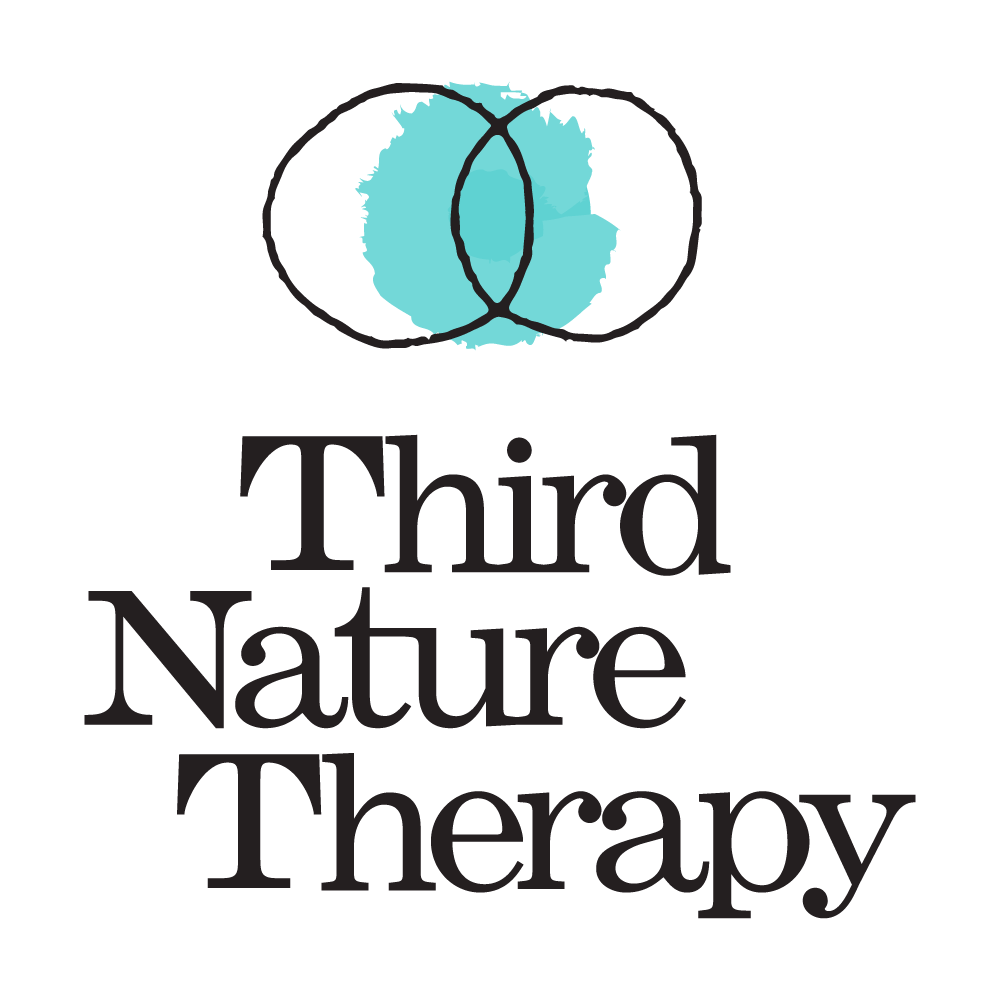What Is Somatic Therapy and How Is It Used to Treat Trauma?
Healing from trauma often requires more than just talking through memories and emotions.
Enter somatic therapy, a holistic approach that works on the connection between mind and body to help individuals process and recover from traumatic experiences.
If you’re curious about what somatic therapy entails and how it can benefit you or your clients, keep reading as I explain this transformative approach.
What Is Somatic Therapy?
Somatic therapy encompasses a variety of techniques and approaches aimed at addressing trauma and promoting healing through the mind-body connection. While the specific methods may vary depending on the therapist’s training and the client’s needs, some common technical approaches are frequently utilized in somatic therapy sessions. These common techniques include body awareness, movement, bodywork, and breathwork.
How Does Somatic Therapy Work?
The science behind somatic therapy relies on changes in our autonomous nervous system (ANS). The ANS is a crucial component of the nervous system and is responsible for regulating involuntary bodily functions, such as heart rate, digestion, respiratory rate, and sexual arousal. It operates largely outside of our control and its goal is to maintain an equilibrium in response to internal and external stimuli.
When our bodies suspect danger, whether real or perceived in our head, our nervous system responds quickly as an evolved survival technique. It’s important to be able to bring ourselves out of survival mode, especially when there is no real danger present. When we experience trauma, the ANS can become dysregulated, leading to symptoms like hypervigilance, racing heart, anger, sleep trouble, and more.
Somatic therapy works to regulate the ANS by engaging the body’s innate capacity for self-regulation and healing. Techniques such as breathwork, mindful movement, and body awareness help clients tune into their bodily sensations, allowing them to process and release stored trauma energy.
What Does Somatic Therapy Look Like?
Picture this: you walk into a cozy therapy room, greeted by soft lighting and comfortable seating. Your therapist invites you to settle in and begin by connecting with your breath. Together, you explore the sensations in your body, noticing areas of tension or discomfort without judgment.
As the session progresses, your therapist may guide you through gentle movements or touch exercises to help release tension and promote relaxation. The goal of this technique is to give the client a healthy way to manage symptoms of their trauma as the memories come up.
One example of a somatic therapy technique is grounding. Grounding is about settling back into the present moment. This can be done by things like feeling your feet connected to the floor below you, controlling your breathing, tensing and relaxing parts of your body, or even just making your body move differently, like standing or stretching.
How Does Somatic Therapy Help?
Here are some common benefits for those who find therapists that utilize the somatic therapy techniques:
Holistic Healing
Somatic therapy addresses trauma on multiple levels—physical, emotional, and cognitive—allowing for a more comprehensive and holistic approach to healing.
Increased Self-Awareness
By tuning into bodily sensations and emotions, somatic therapy helps clients develop a deeper understanding of themselves and their needs.
Emotional Regulation
Through practices like breathwork and mindfulness, somatic therapy teaches clients how to regulate their emotions and manage stress more effectively.
Improved Body Awareness
Somatic therapy enhances body awareness, helping clients recognize and release tension patterns that may be contributing to their emotional distress or physical symptoms.
Next Steps
Ultimately, somatic therapy offers a path to healing that acknowledges the connectedness of mind and body. It invites us to slow down, listen deeply, and cultivate compassion for ourselves and others along the way.
If you’re struggling with trauma, know that you’re not alone. Somatic therapy offers a gentle yet powerful approach to healing that honors your unique path and supports you along the way. Reach out to Third Nature Therapy today to schedule a free consult call and begin somatic therapy with a licensed therapist!

